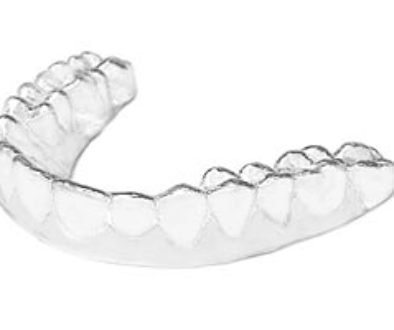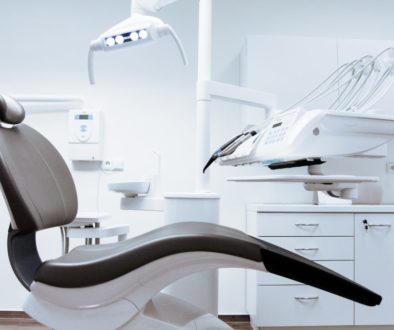Why Does My Tooth Hurt After Getting A Filling?

You thought you did the right thing. You got your filling done like the dentist recommended. Now your tooth hurts when it didn’t hurt before. What gives?
There are a couple of reasons why your tooth might hurt after getting a filling done. The good news is that most of them will get better with some time.
The most likely (and fortunately most common) reasons your tooth might hurt…
- The nerve in your tooth is irritated. Every time a tooth is drilled on it causes some amount of irritation to the nerve of the tooth. This is a result of all the vibrations, heat, and removal of tooth structure during the preparation of the tooth. You may have some sensitivity to hot and cold that goes away quickly. In technical terms this is known as “reversible pulpitis”, literally meaning inflammation of the pulp (nerve) of the tooth. Once your tooth has had a chance to recover this sensitivity usually goes away. The amount of time for this to occur is different for every person.
- Your muscles are sore from the injection. Depending on the type of injection given you may have some soreness in the area where the needle was inserted and you may have some muscle pain. It can be difficult to open and close. This type of pain goes away within a week or two at most.
- Your gums are sore from the work. Some cavities extend under the gumline. In other cases the bands and rings used to keep your filling in place can cause some minor irritation to your gums. Most issues of gum irritation will go away within 2-3 days after your appointment.
- Your bite is high. When you’re numb, it can be very difficult to tell if your bite feels right. You can also struggle to bite in the correct place. A high bite can cause a tooth to become very sensitive to hot, cold, and pressure. The tooth doesn’t even necessarily have to feel like the bite is off for you to develop some symptoms. Once your dentist adjusts the filling, the pain usually goes away within a couple of days.
- The bond to the tooth may not have set up correctly. White fillings are generally bonded to your tooth with an adhesive system. These adhesives are very sensitive to any contamination from saliva or blood in the area. It can even be microscopic particles that contaminate it. Even the best dentists occasionally get bond failures. In the case of a bond failure the filling will need to be replaced.
The rare (and not so much fun) reasons why it might hurt…
- You need a root canal. Every time a tooth is drilled on, it causes irritation to the nerve. This damage over time is cumulative… that is, every time your tooth is drilled on it causes a little more damage that adds up. When the total amount goes beyond a certain point the nerve can become so inflamed and irritated that it is no longer able to recover. This point is different for every person and every tooth. The best you can do is minimize the number of times your tooth needs to be worked on. This condition is known as “irreversible pulpitis” and is the type of tooth pain that people associate with a bad toothache. This type of pain usually is moderate to severe, radiates all over, can make the tooth hurt all it’s own, and often wakes you up at night. If you’re having these types of symptoms, you should get checked out at your dentist. The only solution when a tooth has reached this point is either a root canal or an extraction.
- Your tooth is cracked. Contrary to popular belief, fillings do not strengthen teeth. They actually weaken them. Some teeth will develop cracks in them following a filling procedure. This is another difficult to predict complication of dental treatment. If you have a cracked tooth it can cause random symptoms including pain while chewing, hot and cold sensitivity, and random pain. Depending on the extent of the crack, treatment can range from just needing a crown to needing a root canal all the way up to needing an extraction because the tooth is no longer able to be saved.




May 8, 2017 @ 8:25 pm
A good explanation of the possible causes of toothache after a filling procedure.